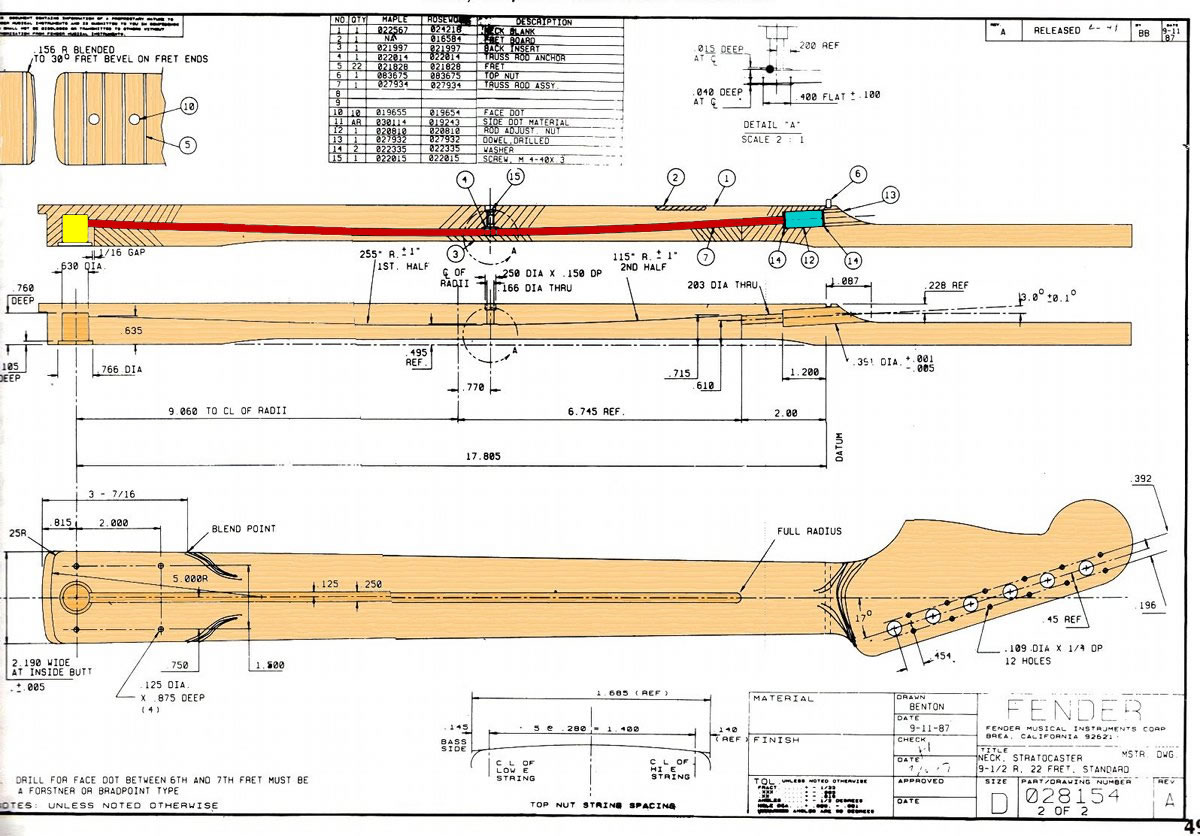Acoustic Guitar Truss Rod Adjustment Direction

The necessary truss rod adjustment depends on which way the neck bows.
Acoustic guitar truss rod adjustment direction. This video shows you how to eliminate it by a simple truss rod adjustment. If you don t see a cover or a notch for the truss rod in the headstock look through the soundhole towards the neck to spot the truss rod. The types of forces that act on a truss rod are compression tension and torque. There are two styles of adjustable truss rods.
Sometime in the 80s the double action truss rod appeared primarily in the custom and boutique guitar market. When the truss rod is too loose the neck bows forward. Or under a cover at the headstock end usually you can get in there via a few screws the adjustment of the truss road is usually done with an allen key or a socket wrench. 2 fit the appropriate hex key to turn your truss rod.
With some acoustic guitars you can only adjust the truss rod through the soundhole. If your neck bows outward between the seventh and twelfth frets creating a large gap that makes pressing down the strings difficult tighten the truss rod by turning the nut clockwise as you face the nut straight on. Got annoying fret buzz. One end is threaded for an adjusting nut and is accessible at either the peghead or through the soundhole.
The access for adjusting the truss rod on an acoustic guitar is normally found either. Read how to check neck relief find the truss rod nut determine the correct measurement and avoid common problems. Single action one way truss rods and double action two way rods. Turn the truss rod nut clockwise to counteract this condition.
When adjusting a truss rod in either direction you are changing the force applied to the rod. It also shows you which direction you should turn your tru. When turned one direction it would add relief and when turned the other it added back bow. Truss rods often require adjusting after changing string gauges or when temperature and humidity change the amount of bow in the neck.
The other end is anchored to give the adjusting end something to tighten against. This innovation had a right and left handed thread on the same rod.














































